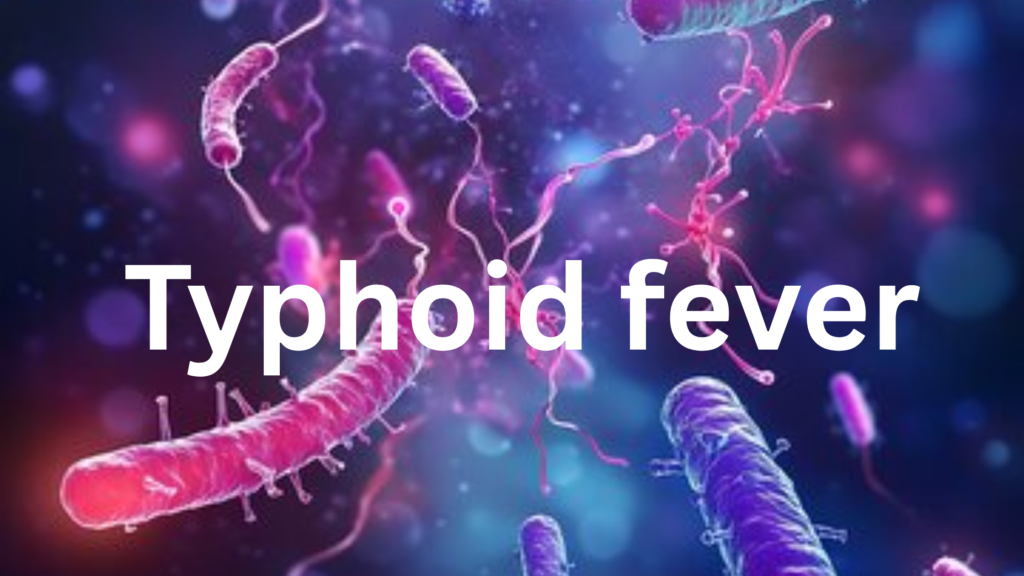What is Typhoid Fever? 🦠🌡️
Typhoid fever is a serious bacterial infection caused by Salmonella enterica serotype Typhi. It affects the bloodstream and the digestive system, leading to high fever and other systemic symptoms.
How is Typhoid Fever Transmitted?
- Through ingestion of food or water contaminated with feces from an infected person 💩➡️🍽️
- Poor sanitation and hygiene are common causes of spread
- Can also be spread by carriers who show no symptoms but shed the bacteria
Symptoms
- Gradual onset of high fever (up to 104°F / 40°C) 🌡️
- Weakness and fatigue 😴
- Abdominal pain and discomfort 🤕
- Constipation or diarrhea 💩
- Headache and loss of appetite
- Enlarged spleen and liver in some cases
- Rose-colored spots on the chest and abdomen (in some patients) 🌹
Diagnosis
- Blood, stool, or urine cultures to isolate Salmonella Typhi
- Widal test (serological test), though less specific and less used now
Treatment
- Antibiotics such as azithromycin, ceftriaxone, or fluoroquinolones
- Rehydration therapy to prevent dehydration 💧
- Hospitalization in severe cases
Prevention 🛡️
- Drink safe, clean water and avoid raw or undercooked foods 🍽️🚰
- Practice good hand hygiene 🧼
- Typhoid vaccine available for travelers and people in high-risk areas 💉
- Improve sanitation and sewage disposal systems
